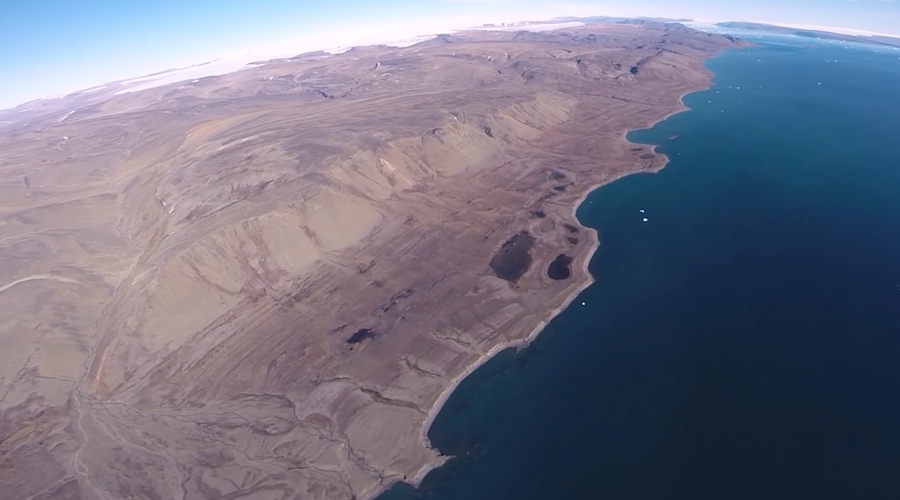
Bluejay Mining (AIM: JAY) announced this week that, after three-year fieldwork studies, the Environmental Impact Assessment for its Dundas ilmenite project in Greenland is now completed and the operation is about to enter the final stages of permitting.
In a press release, the London-based company said it is now working on the collection and collation of data for its Social Impact Assessment, which is expected to be completed in January 2019. Bluejay will then submit technical reports to the relevant authorities to be reviewed in preparation for the final EIA submission.
The firm said it is also planning on completing an optimised Pre-Feasibility Study on Q1 2019.
Dundas is the world’s highest grade deposit of ilmenite, a mineral used in the manufacture of titanium dioxide
“We are extremely pleased with the findings of both the EIA and SIA studies at Dundas. These reports are an integral part of the permitting process, and along with the PFS, these multiyear assessments are expected to demonstrate the simple and increasingly uncontroversial nature of our proposed operation. This, together with the revised optimisations, will strengthen the already compelling economics of the project and will provide further confirmation of an economically attractive high-grade ilmenite operation,” Roderick McIllree, Bluejay CEO, said in the media brief.
McIllree also said that the company has been working with the Kim Kielsen government in setting the standard for resource development in Greenland, and has complied with requests for a lengthened study period.
“This should translate into a high degree of support for the Project, which is expected to constitute a new and sustainable operation that will benefit all stakeholders,” he said.
Dundas is the world’s highest grade deposit of ilmenite, a mineral used in the manufacture of titanium dioxide which is used in personal care products such as toothpaste, as well as a pigment in paint. Total resources identified to date sit at 96 million tonnes at 6.9% ilmenite.
The project became feasible as Greenland’s ice has started to retreat due to climate change, and minerals once buried under snow have become more accessible.
By 2019, Bluejay expects an initial output of around 50,000 tonnes, which will increase to 300,000 tonnes per year. When the project reaches its fifth or sixth year, it should be producing up to 1 million tonnes of ilmenite.
Comments
AN PADMARAJ
Good!